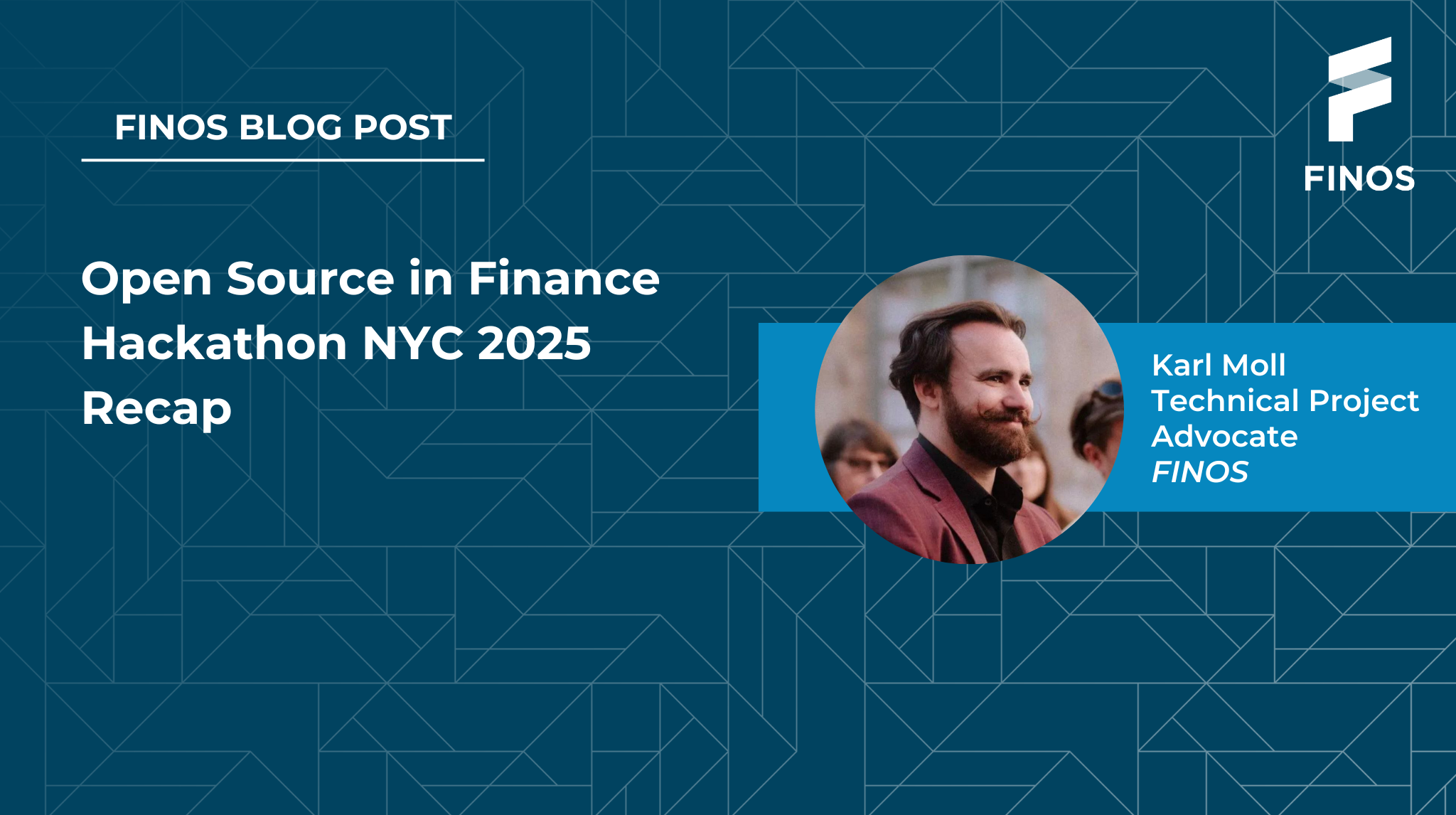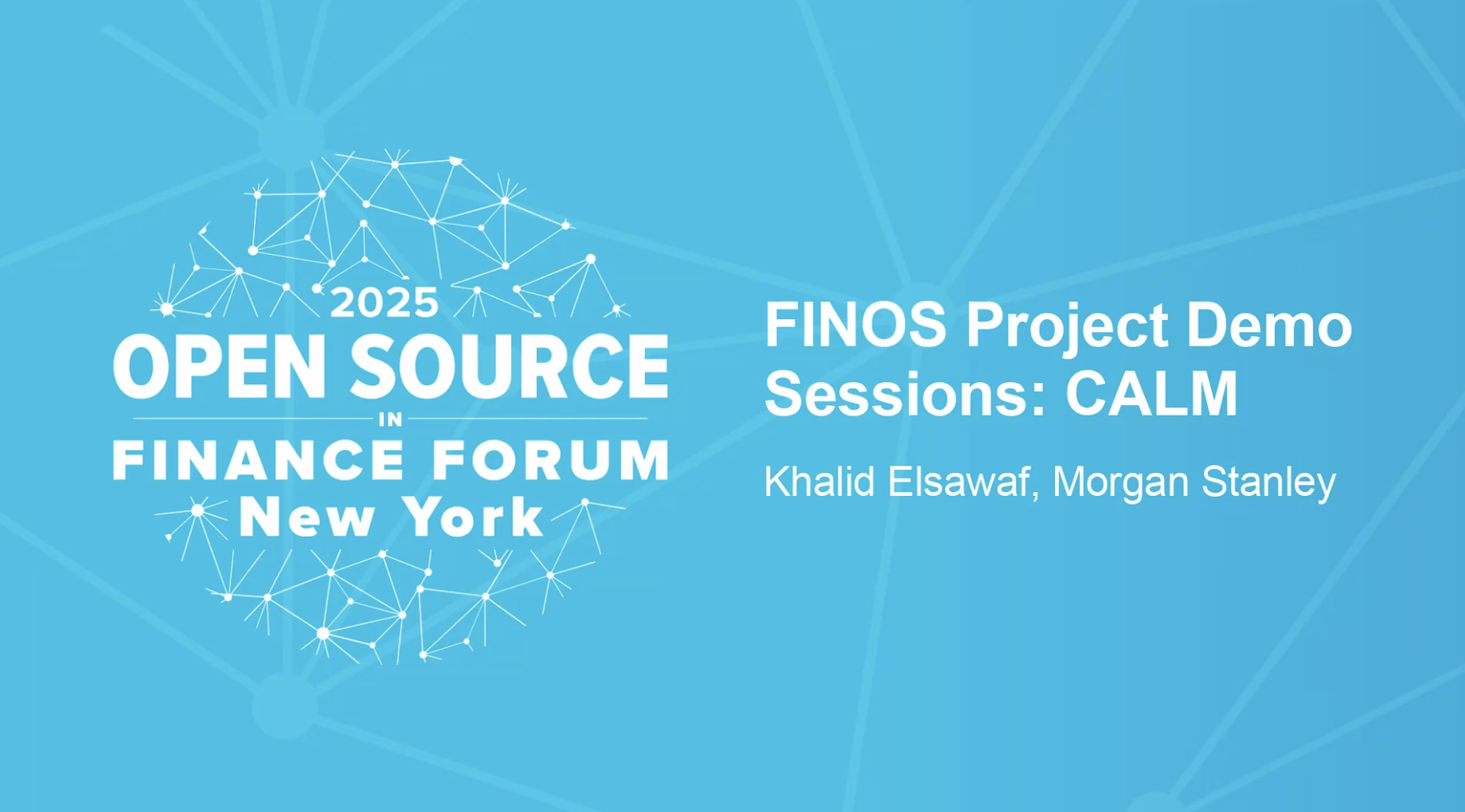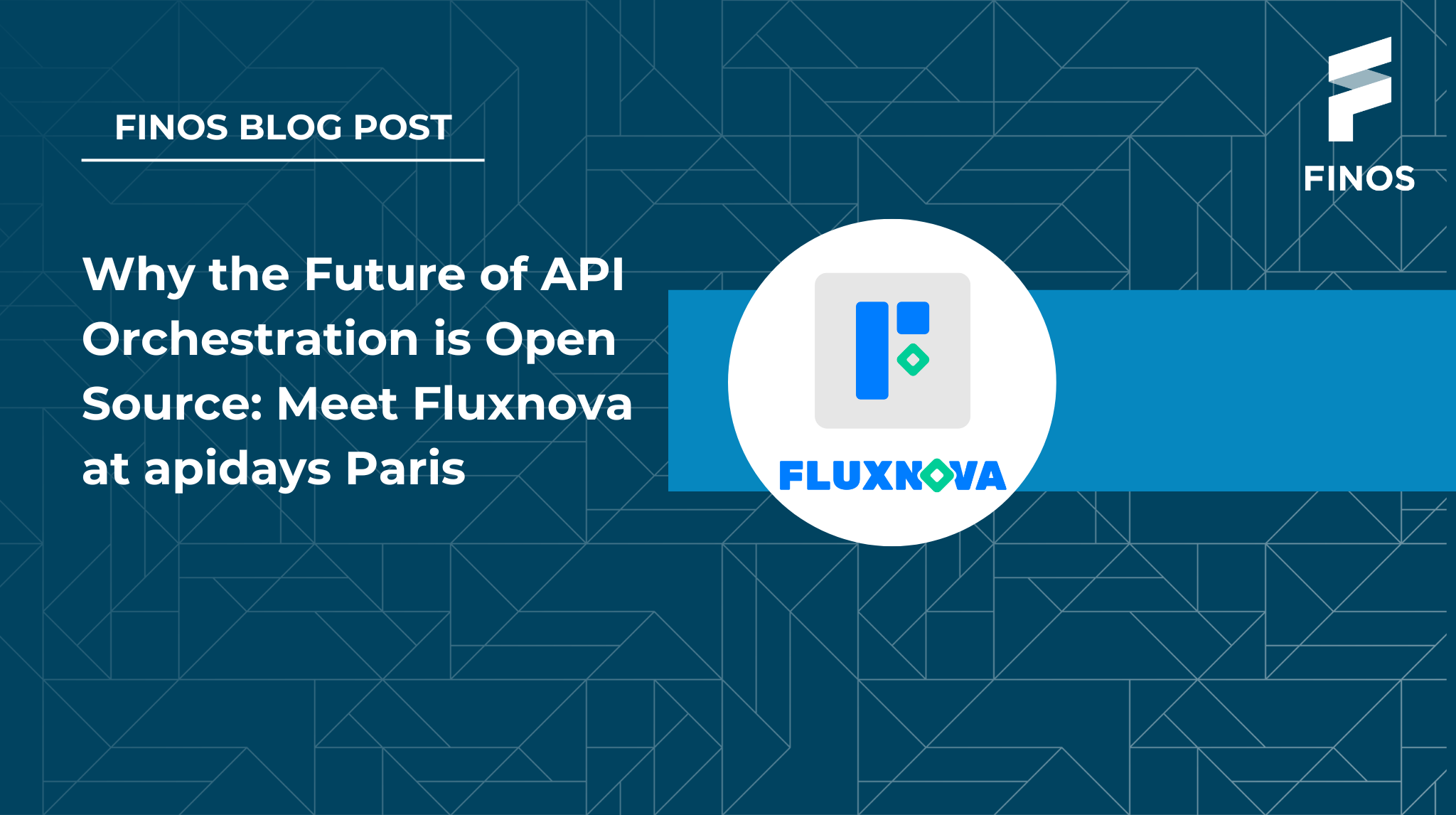On October 29th, 2025. Morgan Stanley was the site for history as we hosted the first ever FINOS event in Canada. As part of the event, we welcomed representatives from multiple financial institutions in Montreal, including Royal Bank of Canada (RBC), Société Générale, National Bank of Canada and Finance Montréal.
Flying into New York for the Open Source in Finance Forum (OSFF) 2025 felt different. London back in June was energising; New York felt like a milestone. Convene Brookfield Place was bright autumn perfection outside and full of focused energy inside.
What struck me immediately was continuity. I saw many of the same open source advocates I’d met a few months earlier in London, all picking up conversations about what they’d tried since then. That sense of shared progression is one of the things I value most about FINOS events. Individual journeys start to look like a coordinated industry movement — and in New York, that movement had a very clear headline: return on investment.
Mid-October, FINOS members across financial services and technology participated in the Open Source in Finance Hackathon NYC 2025, organized by FINOS & hosted by AWS, proving what's possible when cross-industry teams collaborate in the open by delivering tangible solutions at remarkable speed.
"Software developers will go to great lengths to be lazy. This is a great example of that."
That was the opening pitch from Khal Elsawaf, Lead Architect at Morgan Stanley, during his standing-room-only demo at OSFF NY. His problem was universal: Architecture documentation is essential, but doing it manually in Visio or PowerPoint is painful. The diagrams rot the moment they are saved, and the "SAD" (Solution Architecture Description) documents are usually, well... sad.
Enter CALM (Common Architecture Language Model) and its new AI Copilot.
In a live, high-wire demo, Khal built a complex trading system architecture in under 10 minutes—and here is the kicker: He didn't write a single line of JSON.
30-Second Download
-
The Player: Morgan Stanley Lead Architect Khal Elsawaf demoed the Common Architecture Language Model (CALM) live at OSFF NY.
-
The Tech: A showcase of Architecture as Code—building a complex trading system in under 10 minutes using natural language prompts (AI) instead of writing raw JSON.
-
The ROI: Transforming "SAD" (Solution Architecture Description) documents from static, rotting artifacts into living code that auto-generates block diagrams, sequence flows, and documentation tables simultaneously.
-
The Takeaway: How engineers are moving from manual, static diagrams to "talking" to their architecture to drive massive efficiency and accuracy.
Retail banking has transformed dramatically over the past generation. Branch counters gave way to apps and digital channels, but the real complexity still sits behind the screen. Every new platform has solved one problem and quietly created another. Core systems remain fragmented, data is duplicated across departments, and even simple customer updates can travel through a maze of systems before anything actually changes.
What banks need now is not another expensive transformation programme but a way to make what they already have worked together. The idea of open source offers a practical route forward.
In the world of modern software architecture, APIs provide the connectivity, but orchestration provides the logic. Whether you are chaining microservices, managing long-running transactions, or coordinating AI agents, the "glue" that holds your APIs together is becoming just as critical as the endpoints themselves.
This December 11th, at apidays Paris, FINOS (The Fintech Open Source Foundation) is bringing a new, production-grade answer to the orchestration challenge: Fluxnova.
From Guardrails to Guidance - Evolving with the AI Frontier
When we launched the FINOS AI Governance Framework (AIGF) just over a year ago, our goal was clear: to help financial institutions safely harness the power of AI by translating regulatory expectations and best practices into open, actionable controls. Version 1.0 established a vendor-neutral foundation for AI risk management across 30 risks and associated mitigations, a blueprint any FSI could embed into its existing governance and compliance models.
When more than a thousand leaders from across global finance gathered at Convene Brookfield Place in New York, the message was clear: open collaboration has moved from principle to performance. The Open Source in Finance Forum (OSFF) New York 2025, hosted by FINOS and the Linux Foundation, was not just another industry gathering. It was proof that open source now delivers measurable business value across innovation, risk management, and operational efficiency.
The event marked a milestone for the open-finance movement. With record sponsorship, over 1,000 registrants, and representation from the world’s leading financial institutions, technology providers, and regulators, OSFF New York 2025 showcased how open collaboration has become an integral part of how the financial industry builds, secures, and scales technology.
(If you were not able to join us in person, all of the videos from the presentations can be found on the FINOS website here.)









